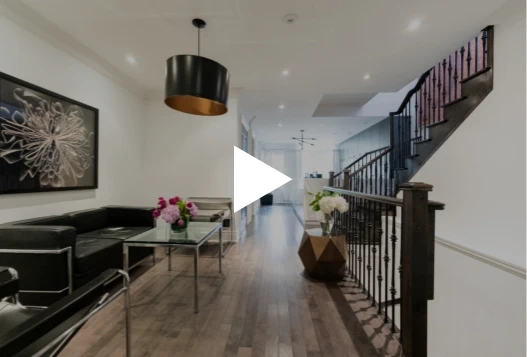By Jerome Edelstein, MD
Like any form of surgery, rhinoplasty entails a certain level of risk of which every potential patient should be aware. Deciding whether or not to undergo the procedure is a completely personal decision, based on balancing the potential complications with achievable aesthetic benefits. Dr. Jeffrey Fialkov, our craniofacial Plastic Surgeon, will discuss these risks with you in full detail before scheduling your surgery. During the consultation, he will be able to assess how an individual’s unique circumstances (health, facial features, expectations, etc.) can affect the success of the surgery. Using this knowledge, each patient must then decide whether or not they are comfortable with the level of risk that applies to them.
The following may not apply to you, but are listed as a general guideline.
Rhinoplasty Side EffectsSome rhinoplasty patients may experience a degree of swelling, soreness, and stiffness that typically develops in the area beneath the eyes. The tip of the nose may be numb or stiff for several months as well. Tissue swelling can make breathing through the nose impossible, but this issue usually resolves itself as the body heals. Patients may also experience minor nose bleeds for one or two days following surgery.
Each of these side effects is usually temporary and can be expected to subside with time.
Rhinoplasty RisksEvery surgical operation can lead to complications. These include infection, excessive bleeding, deep vein thrombosis (the development of a blood clot, typically in a leg vein), blood accumulation underneath the skin (hematoma), and unexpected reactions to anaesthesia. Risks that are specific to rhinoplasty include poor wound healing/infection, nose asymmetry, the rupture of small surface vessels on the nose, skin discolouration and contour irregularities, persistent pain, and swelling. Patients may also develop changes to skin sensation (like numbness), spontaneous suture surfacing that can become visible and require removal, and unfavourable scarring.
More serious complications include alterations to the nasal airways that make breathing difficult. In rare cases, it is possible for a hole in the nasal septum (the tissue separating the nasal passages) to develop. This issue can be extremely difficult or, in some instances, impossible to correct through further surgical treatment. Pulmonary and cardiac problems can also result from operations that take a long time to complete. These issues may lead to the formation of venous system blood clots or an increase in the number of clots already present in an individual’s body. In some cases, patients may require additional surgery in order to correct aesthetic or health complications resulting from the rhinoplasty procedure.
